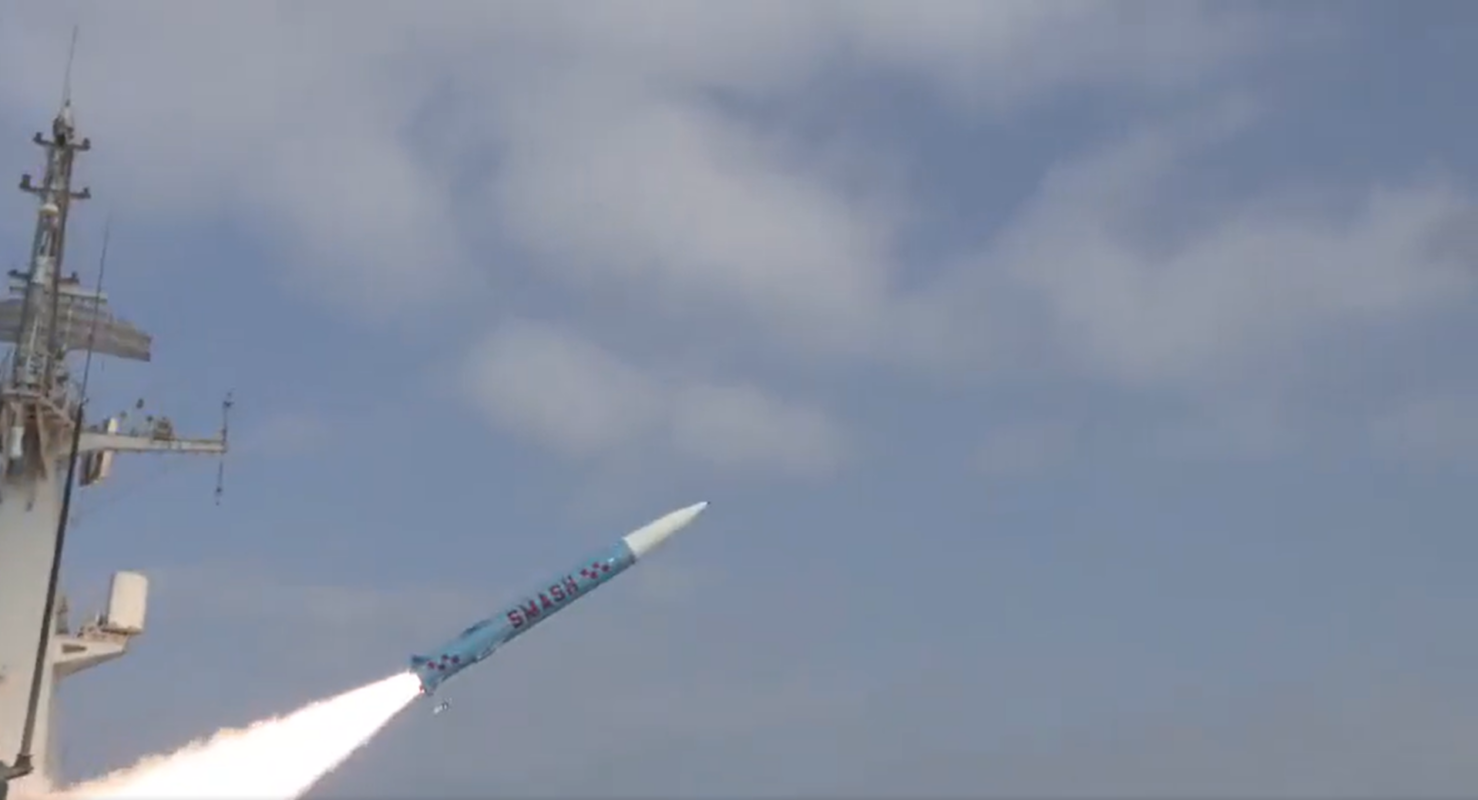SOURCE: AFI


On April 26, 2025, reports emerged that the Pakistani Navy is planning to conduct a missile test near India’s Special Economic Zone (SEZ) off the Gujarat coast, a strategically sensitive area in the Arabian Sea. This development follows Pakistan’s recent test of the SMASH ship-launched ballistic missile (SLBM) in November 2024, which raised concerns about its anti-access/area-denial (A2/AD) capabilities.
With the Indian Navy deployed near the SEZ to safeguard maritime interests, the question arises: if the test involves a subsonic cruise missile or a ship-launched ballistic missile like SMASH, should the Indian Navy shoot it down? This article examines the strategic context, the nature of the potential missile threat, and the implications of an Indian response, amidst escalating tensions following the Pahalgam attack on April 22, 2025.
The Pakistani Navy’s planned missile test comes at a precarious time. India is reportedly considering scrapping the 2021 LoC ceasefire with Pakistan after the Pahalgam attack, which killed 26 civilians and was linked to Pakistan-based terror groups like The Resistance Front (TRF). Diplomatic ties have deteriorated, with India suspending the Indus Waters Treaty, closing the Attari checkpost, and revoking SAARC visa access for Pakistani nationals. On April 24, 2025, the Indian Navy’s INS Surat conducted a precision missile test in the Arabian Sea, hours after Pakistan issued a maritime alert for a missile test near Karachi, signaling a tit-for-tat escalation in military posturing.
Pakistan’s planned test near the Gujarat SEZ, a hub for economic activity and maritime trade, is provocative. The Arabian Sea is a critical theater for both nations, with India’s maritime dominance—bolstered by INS Vikrant, INS Arihant, and advanced missile systems like BrahMos—contrasting with Pakistan’s efforts to enhance its naval capabilities through Chinese-backed technology. The SEZ’s proximity to key Indian ports like Kandla and Mundra makes any military activity in the region a direct concern for national security.
Pakistan’s planned test near the Gujarat SEZ, a hub for economic activity and maritime trade, is provocative. The Arabian Sea is a critical theater for both nations, with India’s maritime dominance—bolstered by INS Vikrant, INS Arihant, and advanced missile systems like BrahMos—contrasting with Pakistan’s efforts to enhance its naval capabilities through Chinese-backed technology. The SEZ’s proximity to key Indian ports like Kandla and Mundra makes any military activity in the region a direct concern for national security.
The Babur missile, with a range of 450–900 km depending on the variant, is a subsonic cruise missile capable of carrying nuclear or conventional warheads. It uses terrain contour matching (TERCOM), inertial navigation, and satellite guidance (GPS/GLONASS) for pinpoint accuracy, making it a threat to maritime and land targets. Its low-altitude, non-ballistic trajectory allows it to evade radar detection, posing a challenge to air defenses. A test near the Gujarat SEZ could be interpreted as a signal of intent, given Babur’s ability to strike Indian naval assets or coastal infrastructure.
The SMASH missile, tested in November 2024, is an anti-ship ballistic missile (ASBM) with a 350 km range, launched from Zulfiquar-class frigates. It features advanced navigation for mid-flight adjustments and high precision, targeting both sea and land assets. With a diameter of 85–90 cm and a length of 9 meters, SMASH follows a semi-ballistic trajectory, reaching exoatmospheric heights before diving toward its target, making interception challenging. Its design, likely derived from the Chinese CM-401 ASBM, enhances Pakistan’s A2/AD strategy, aiming to deter the Indian Navy from operating freely in Pakistan’s Exclusive Economic Zone (EEZ). A test near the Gujarat SEZ would bring SMASH within striking distance of Indian naval assets, raising alarm bells.
The Indian Navy, deployed near the Gujarat SEZ, is well-equipped to respond to such threats. Following the Pahalgam attack, India has heightened its maritime security posture, with INS Surat’s recent missile test showcasing its precision strike capabilities.
A missile test near the SEZ, whether subsonic (Babur) or ballistic (SMASH), poses a direct threat to Indian maritime interests. SMASH’s 350 km range and semi-ballistic trajectory could target Indian naval ships or coastal infrastructure, while Babur’s low-altitude flight path makes it harder to detect. Given the proximity to the SEZ, any miscalculation or malfunction could result in the missile entering Indian waters, justifying preemptive action.
Shooting down the missile would demonstrate India’s resolve and technological superiority, sending a clear message to Pakistan amid deteriorating relations. The Indian Navy’s Barak-8 and upcoming hypersonic interceptors are capable of neutralizing both missile types, reinforcing India’s dominance in the Arabian Sea. This aligns with India’s firm response to the Pahalgam attack, including diplomatic measures like suspending the Indus Waters Treaty.
NOTE: AFI is a proud outsourced content creator partner of IDRW.ORG. All content created by AFI is the sole property of AFI and is protected by copyright. AFI takes copyright infringement seriously and will pursue all legal options available to protect its content.